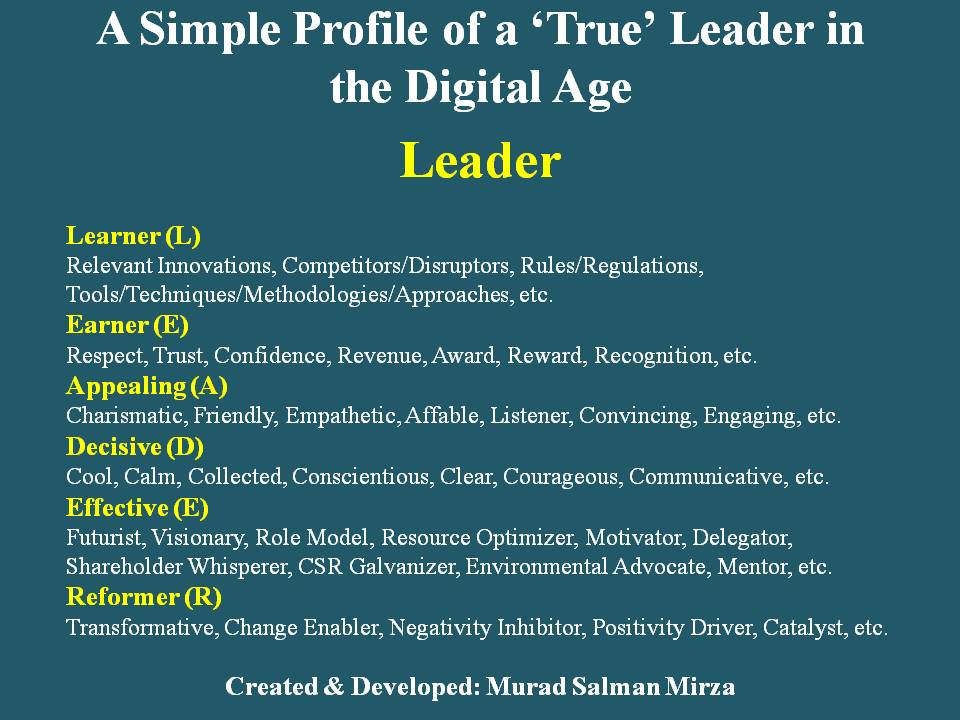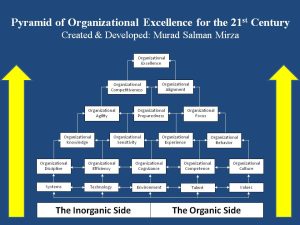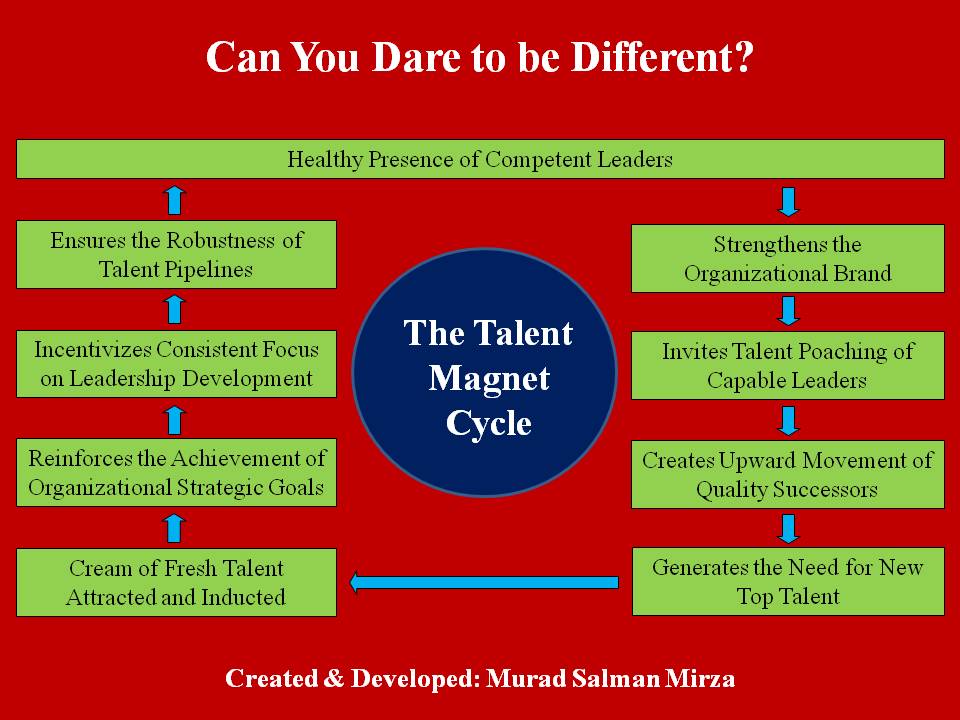Progressive organizations consistently lament the dearth of capable leaders who can take up the reins at the top and sustain a robust stride toward continued prosperity.
One of the reasons for this is the changing role and skill set of leaders that are expected to thrive in a digital world. For example, a significant requirement for tomorrow’s leaders is their appreciation of the power of the connected world in expecting each organization to practice a level of altruism and make a meaningful social contribution within the global community.
Most of the literature on leadership was written before the dawn of the digital age and its disruptive influences, consequently, in an era where profitability is no longer a guarantee of sustainability and huge conglomerates are constantly looking over their shoulders, established leadership theories and conventional management practices are constantly being tested and found ever less effective.
Furthermore, gaining a degree is no longer considered critical for career success as evidence by the number of dropouts who have gone on to rock star status within the startup realm. This is being reinforced by the huge influx MOOCs (Massive Open Online Courses) and core emphasis on specific skills, rather than, broad academic credentials.
The demands on future leaders increases in complexity when the exponential strides made by artificial intelligence (AI) are considered with the prospect of eventually incorporating them as “employees,” rather than, as advanced machines. Lessons from the past are becoming increasingly irrelevant as there is no reliable precedence for a digital world that is in constant flux, reshaped by innovations that marginalize the established rules and norms of commerce and management.
Grooming your future leaders
Grooming the next crop of leaders is based upon current best practices and expectations of what is in the future.
Consequently, identifying, developing and grooming potential leaders should be an ingrained exercise woven within the fabric of the organizational culture. This enables the establishment of an embedded “nursery” for producing skilled leaders who are not only critical to ensuring a bright future for the organization, but also, become worthy ambassadors of the organizational brand. Such a move also converts associated risks with having competent leaders into competitive advantages, e.g., talent poaching is embraced instead of being feared since there is no shortage of skilled successors within the ranks, and “fresh blood” flowing through the organizational veins ensures long term vitality, agility and relevancy in an increasingly unforgiving corporate world.
Traits of a digital age leader
So, what are the key traits of a “true” leader in the digital age? Let’s breakdown the word “LEADER” into its constituent elements and then synthesize the segregated parts in a particular context to gain a clear and insightful understanding of the desired merits:
Learner (L) — This refers to having the humility of an “always be learning” attitude that is critical to thriving within the dynamics of a digital world. It requires an open mind that accommodates constructive views from all facets of the organization, while being mindful of the strides being made by disruptors. It calls for the courage to embrace failure while having the boldness to experiment with innovative solutions despite internal dissension to overcome daunting challenges.
Earner (E) — This pertains to possessing the ability to add value to the organization. It entails the gaining of trust and confidence of team members to a level where they feel confident without the fear that the element of trust will not be egregiously violated in making difficult decisions. It also harbors the skillful fulfillment of the performance expectations from investors and shareholders, especially, in terms of continued profitability and steady growth while being justifiably rewarded for success.
Appealing (A) — This refers to the harnessing of personal qualities that create robust endearment with the team members. It means using persuasion — “convincing power” — in a way that is more felt than expressed, to create consensus to resolve contentious issues. It includes the optimum combination of nonverbal and verbal communication that strengthens organizational integration, promotes approachability and cements core values by serving as a role model.
Decisive (D) — This pertains to the intelligent consumption of available information and then making astute decisions while being mindful and accommodating of inherent risks. It indicates the presence of a calm disposition that is unflappable under pressure and abounds with creativity and imagination in coming up with or deriving novel solutions. It reflects a level of maturity and conscientiousness that accepts the trials and tribulations of leadership. Such a demeanor is unfazed by the prospect of being wrong and readily accepts the consequences without shifting the blame on others.
Effective (E) — This pertains to being serenely comfortable and positively impactful in all the initiatives undertaken as a leader. It includes the prudent realization that being a visionary is not enough anymore as momentous strides are made within the digital realm. One has to become a futurist in order to secure the organization’s journey of excellence in the relevant ecosystem. It demands a person of strong personal integrity, sound professional expertise, incisive decision-making skills and steadfast commitment to pleasing and placating key stakeholders while solidifying the organization’s standing as a responsible corporate citizen. It also reflects a willingness to allow the talent management practices to make room for Free Thinkers and Trendsetters who are imbued with the “Change Imperative” and enrich the organization in unconventional ways.
Reformer (R) — This refers to having an innovative mindset that is driven to disruption by a profound sense of purpose. It reflects a personal promise of being transformative in reforming ailing or inadequate business processes and maximizing the talent potential of the multi-generational workforce by assuring a balance between Crystallized Intelligence (prevalent in older team members) and Fluid Intelligence (prevalent in younger team members). It calls for someone who is intent on leaving an enduring positive legacy and is comfortable with establishing a strong line of capable successors. It also reflects the ability to harmonize the “organic” and “inorganic” elements of the organization, as shown in the chart.
These traits reflect an enterprising and invigorating leader who is ready to meet the dynamic challenges of tomorrow, especially, in an era of advanced automation and autonomous functioning that is commoditizing conventional notions of excellence related to job performance while relevance is steadily gaining stronger traction in being a more significant factor for determining obsolescence.
Is your leadership prepared accordingly?

